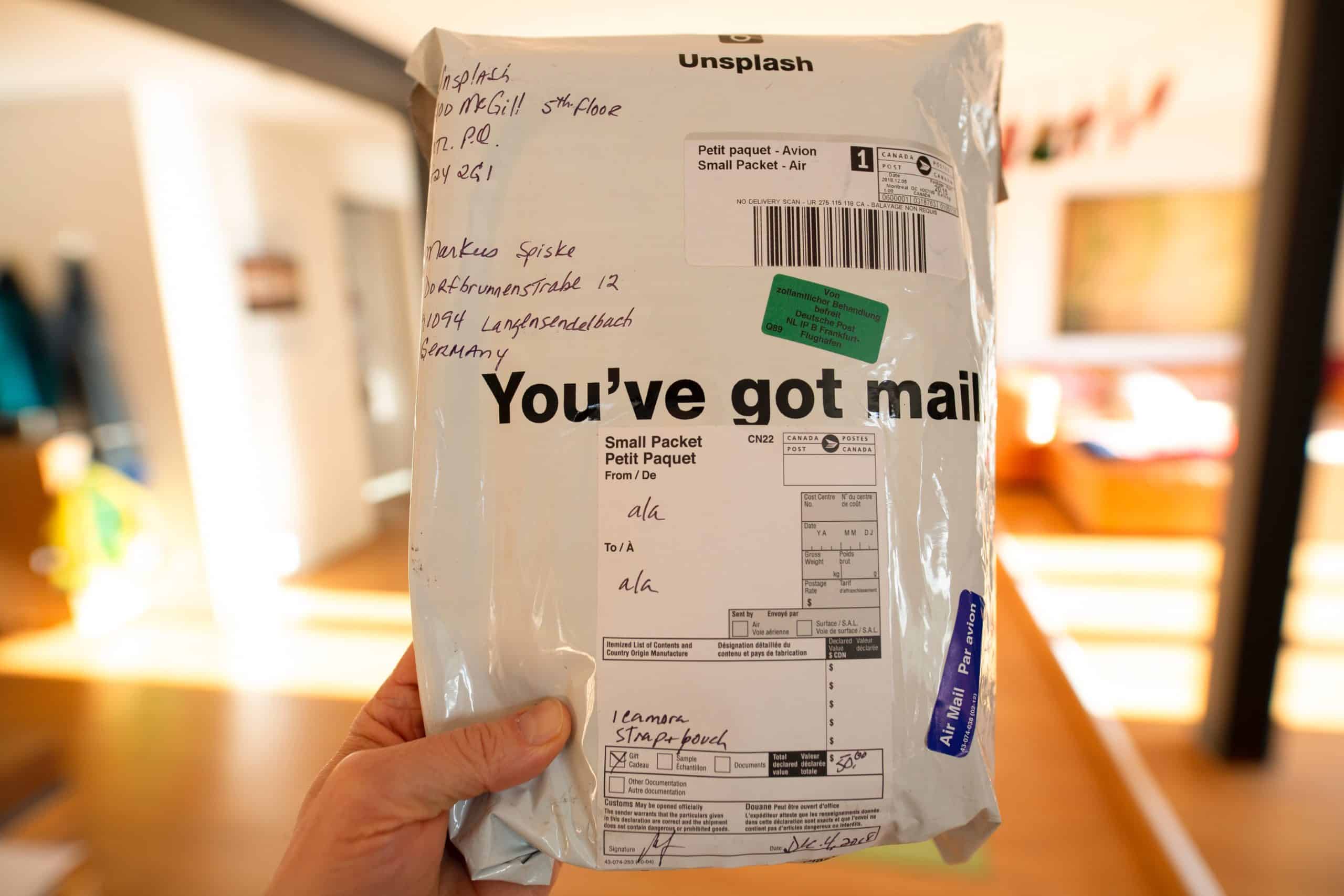
Photo by Markus Spiske on Unsplash
The logistics sector has seen a huge increase in competition over the past decade. As more and more companies enter the market, it’s important that you get on top of your marketing strategy in order to define your service offering and target your ideal clients.
Refine your service offering
Many companies make the mistake of trying to be all things to all people. If you try to appeal to everyone, you will water down your core message and end up appealing to no one.
The leadership, marketing department, or agency need to get together and decide on your core service offerings and target market. Are you going to focus on automation, state of the art conveyor system, pricing, or global services?
Create your buyer personas
A well thought out buyer persona is the cornerstone of a good marketing strategy. Once you know who exactly you are targeting, what their needs, expectations, and pain points are.
Once your buyer personas are established, you can tailor your marketing messages and campaigns to them.
Perform a competitor analysis
It’s always a good idea to keep an eye on your competition. Do your research on their services, customer base, and marketing. You’ll be able to see what they are doing well and what they aren’t. Then you can plug the gaps and improve upon their marketing.
Information can be found on your competitor’s websites, social media channels, annual reports, and accounts. There is a lot of information out there if you know where to look for it.
Keep a regular check on competitor activity, too, through social listening and Google alerts.
Set a realistic budget
Set aside a realistic amount of money spend on marketing. Obviously, budgets are limited, so you’ll want to funnel it to the marketing channels which will have the greatest impact.
Finalize your marketing plan
Once you have your service offerings, buyer personas, and budgets in place, it’s time to start getting into your marketing plan. This will include the messaging and strategies across all marketing channels. Typical plans will include:
- Website
- SEO
- Content marketing
- Social media
- PR
- Events and trade shows
- Paid advertising
Define your goals upfront and how you will measure the return on investment of your marketing spend. Going into a marketing campaign without knowing what you want to achieve is a sure way of creating disagreement between marketing departments and other areas of the company due to mismatched expectations.
Agree on what real success looks like for your company and measure it regularly.
Review your marketing campaigns’ progress regularly so you can tweak it if necessary to shift focus to stronger channels.
Strong reporting can back up requests for further budget increases if you can prove ROI.
Conclusion
Logistics companies find themselves in a very competitive marketplace that is advancing rapidly due to rapid technology improvements. Customers are becoming very demanding with their logistics partners and you need to find a way to reach and communicate with potential customers.

Please note: I reserve the right to delete comments that are offensive or off-topic.